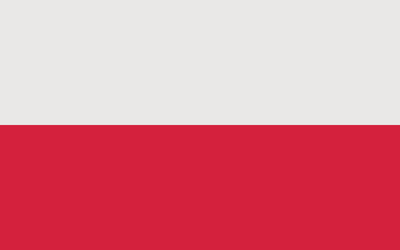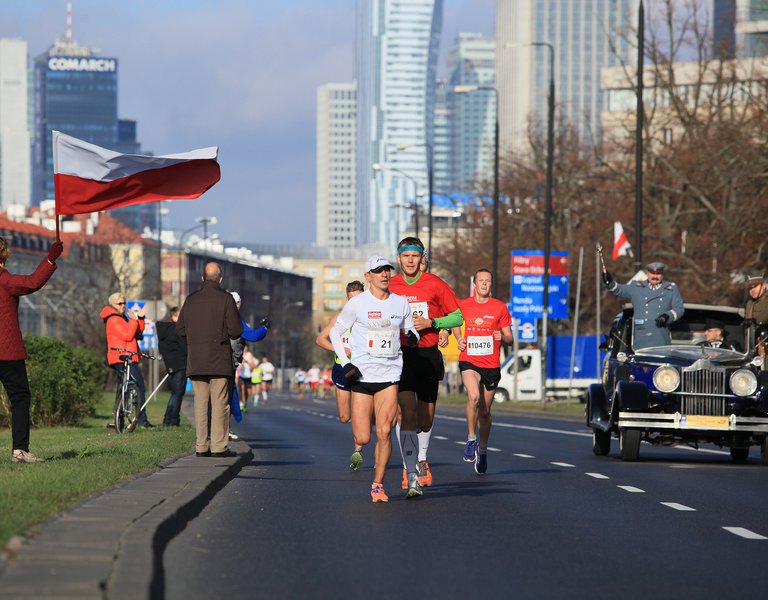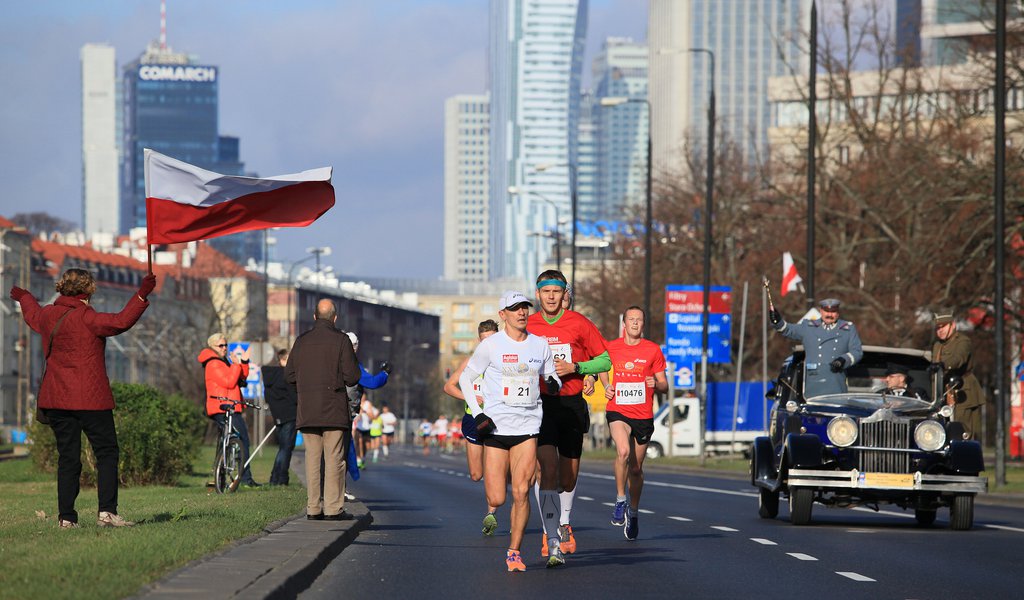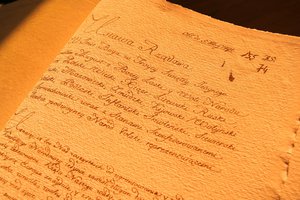Poland's flag
It is a rectangular piece of fabric in the colours of the Polish coat of arms: white and red, with the hoist to fly ratio of 5:8. Also used on occasion is a variant of the flag with the coat of arms on the level of the white stripe - this is a flag used by Polish diplomatic missions and the civilian banner of Polish naval units.
 Polish national colours are one of the few in the world of heraldic origin. They are derived from the colours of the coat of arms of the Kingdom of Poland and the the Grand Duchy of Lithuania, which from the Lublin Union (1569) onwards linked the two states for two hundred years in the form of one state - the Polish-Lithaunian Commonwealth. The origin of the Polish national colours was established by a law passed by the Polish Kingdom's Sejm in 1831. It stated that the national cockade would be composed of the colours on the coat of arms used by the Kingdom of Poland and the Grand Duchy of Lithuania, that is red and white. The white symbolises the Eagle which features on the coat of arms of Poland, and the white of the Pursuer – a knight galloping on horseback, which features on the coat of arms of Lithuania. Both emblems are blazoned on red coat of arms.
Polish national colours are one of the few in the world of heraldic origin. They are derived from the colours of the coat of arms of the Kingdom of Poland and the the Grand Duchy of Lithuania, which from the Lublin Union (1569) onwards linked the two states for two hundred years in the form of one state - the Polish-Lithaunian Commonwealth. The origin of the Polish national colours was established by a law passed by the Polish Kingdom's Sejm in 1831. It stated that the national cockade would be composed of the colours on the coat of arms used by the Kingdom of Poland and the Grand Duchy of Lithuania, that is red and white. The white symbolises the Eagle which features on the coat of arms of Poland, and the white of the Pursuer – a knight galloping on horseback, which features on the coat of arms of Lithuania. Both emblems are blazoned on red coat of arms.
After Poland regained independence, the visual representation of the Polish flag was approved by a piece of legislation passed by the Sejm on 1 August 1919: "The colours of the Republic of Poland are to be white and red in extended parallel stripes - white at the top, red at the bottom." Two years later, the Ministry of Military Affairs issued a pamphlet in which the shade of red was defined as crimson. In 1927, the colour of the flag was changed to vermilion (a shade of red verging on orange). This colour was upheld in the flag definition of 1955.
Since 2004, 2 May has been the official Polish Flag Day.
Several countries and regions either have or used to have similar flags to Poland, namely: the Czech Republic (Bohemia) as a land, the Czech and Slovak Federal Republic, Upper Austria, Cantabria (alternative flag), Thuringia (civil flag) and Tyrol. A reversed design can be seen on the flags of e.g. Monaco, Indonesia and Vienna.
03.09.2014






